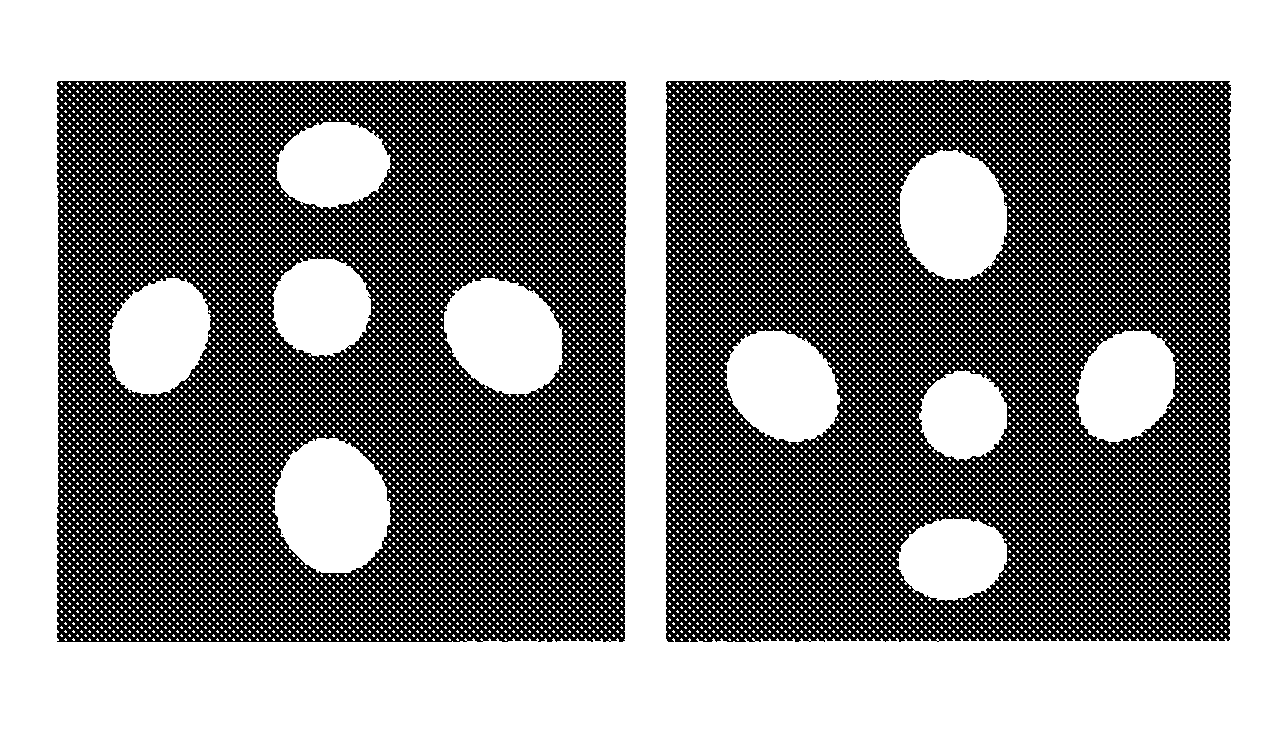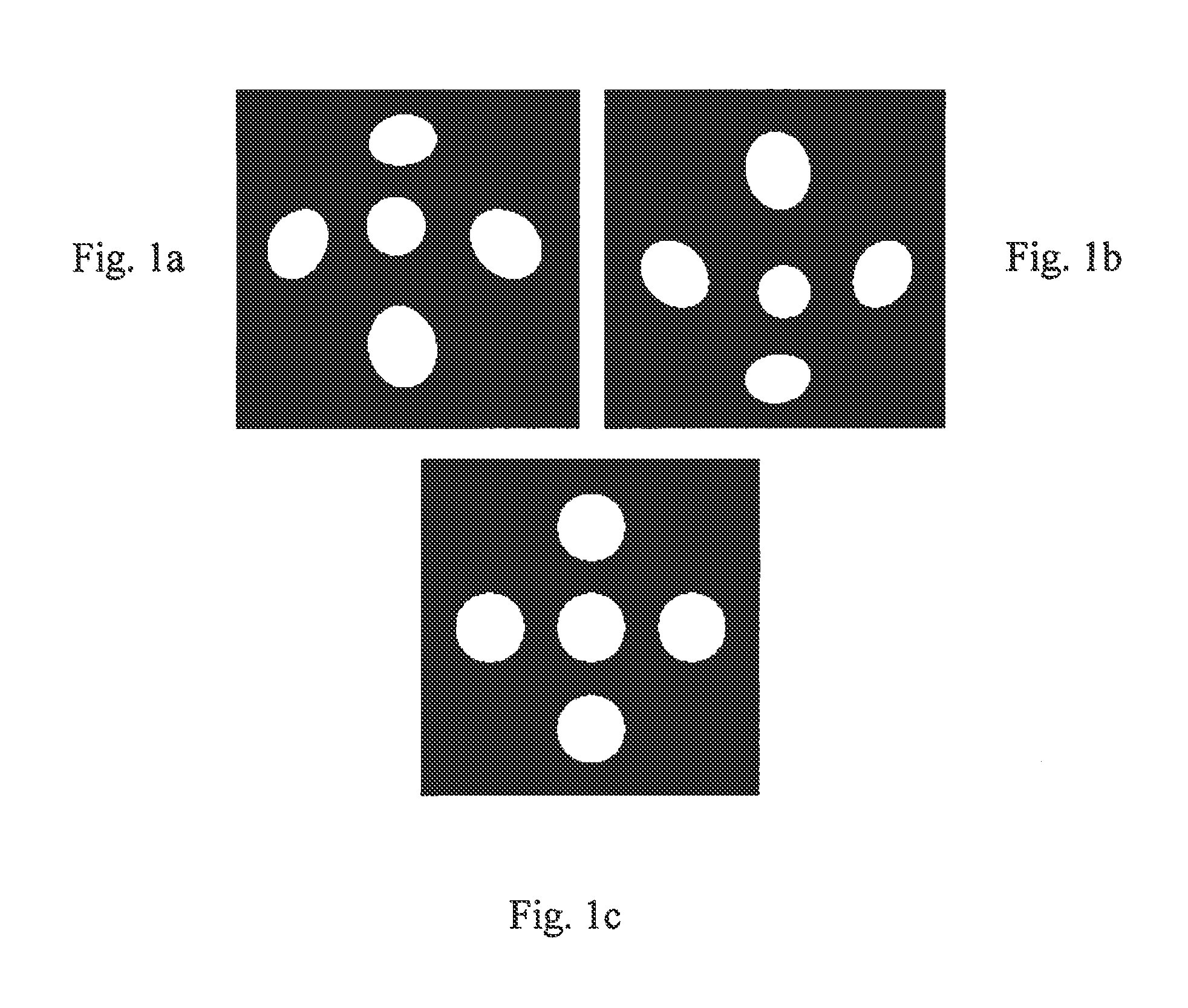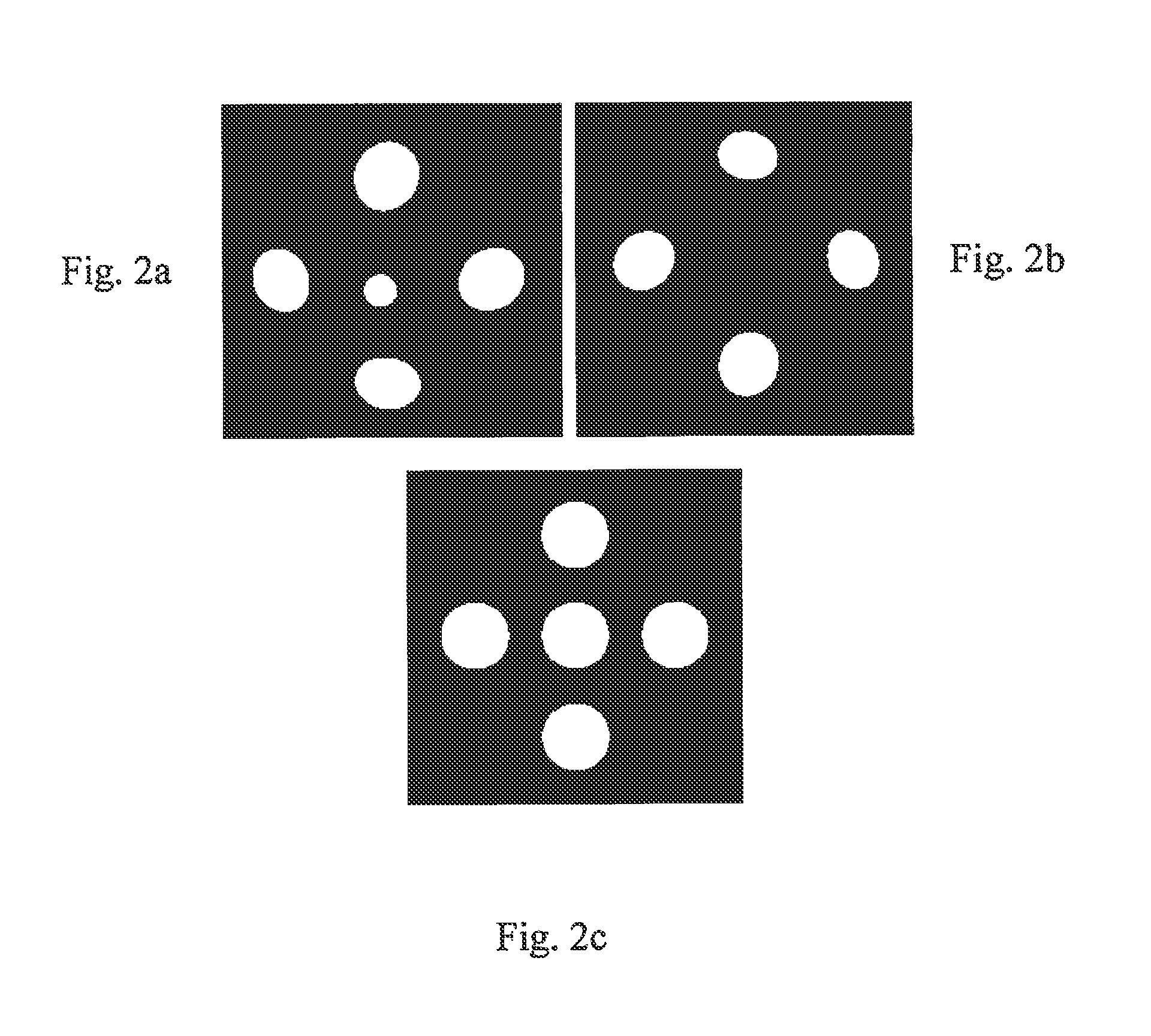Method for estimating scan parameters from tomographic data
a tomographic data and scan parameter technology, applied in the field of tomography, can solve problems such as image clutter, and achieve the effects of reducing image clutter, improving motion model, and greatly simplifying backprojection
- Summary
- Abstract
- Description
- Claims
- Application Information
AI Technical Summary
Benefits of technology
Problems solved by technology
Method used
Image
Examples
Embodiment Construction
[0057]Before explaining the disclosed embodiments of the present invention in detail it is to be understood that the invention is not limited in its application to the details of the particular arrangements shown since the invention is capable of other embodiments. Also, the terminology used herein is for the purpose of description and not of limitation.
[0058]The methods of the present invention provide an algorithm for tomography in the motion contaminated case. The motion contaminated case occurs when the object being scanned is undergoing some transformation during the scan. Thus, the phrases “the object is undergoing a transformation” and “there is some motion in the object” have the same meaning in this invention.
[0059]It is shown that micro locally, away from some critical directions, LT is equivalent to a pseudo differential operator of order one. LT also produces nonlocal artifacts that have the same strength as useful singularities. When motion is not accurately known, sing...
PUM
 Login to View More
Login to View More Abstract
Description
Claims
Application Information
 Login to View More
Login to View More - R&D
- Intellectual Property
- Life Sciences
- Materials
- Tech Scout
- Unparalleled Data Quality
- Higher Quality Content
- 60% Fewer Hallucinations
Browse by: Latest US Patents, China's latest patents, Technical Efficacy Thesaurus, Application Domain, Technology Topic, Popular Technical Reports.
© 2025 PatSnap. All rights reserved.Legal|Privacy policy|Modern Slavery Act Transparency Statement|Sitemap|About US| Contact US: help@patsnap.com



